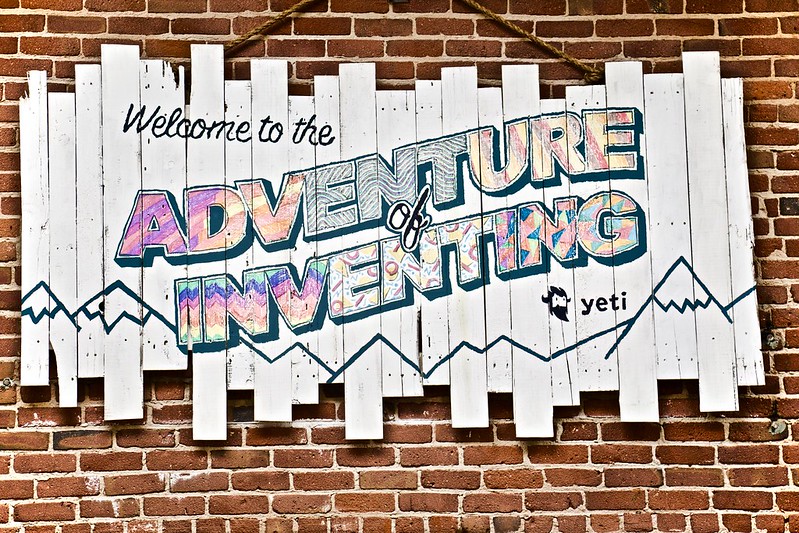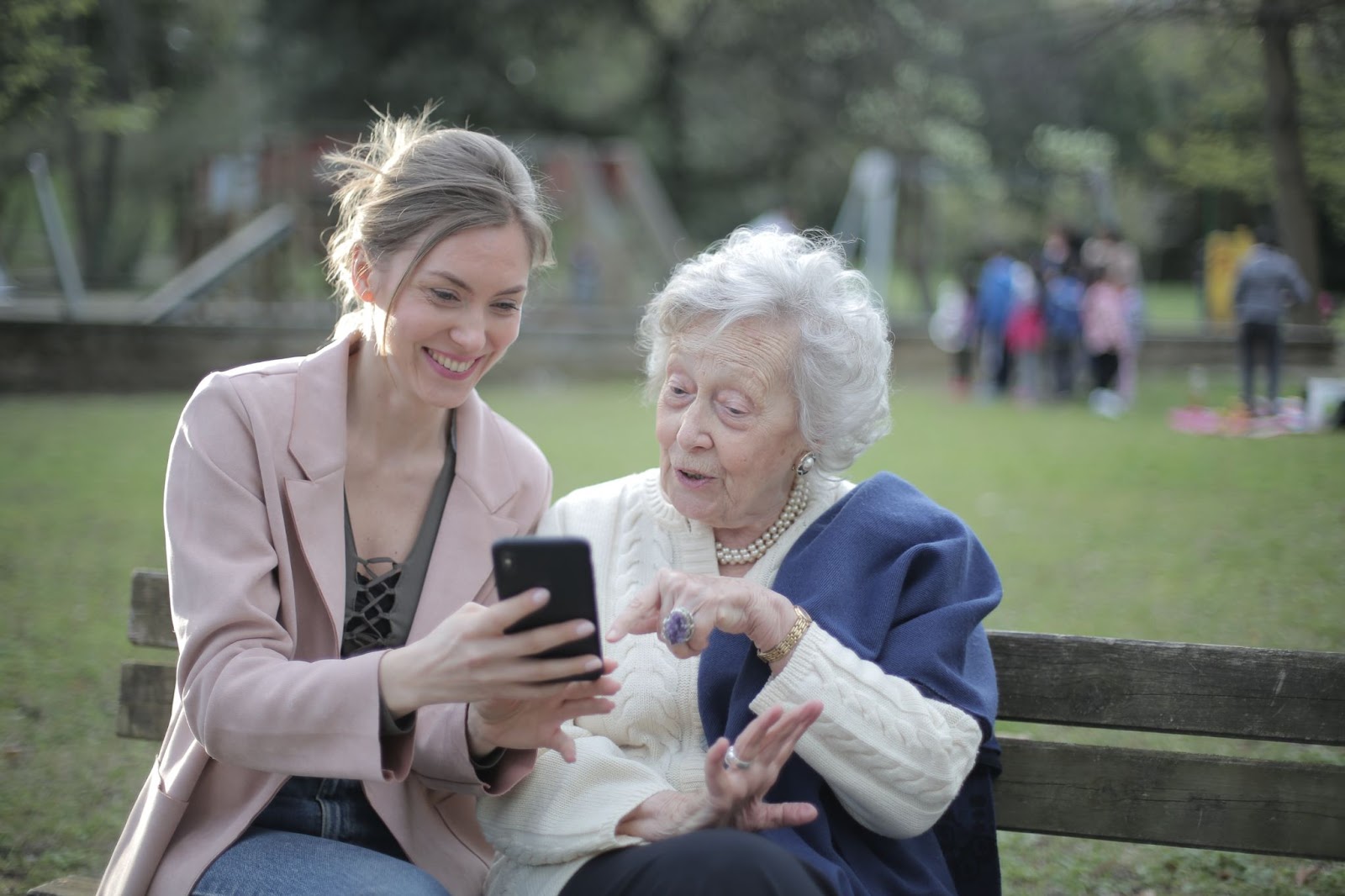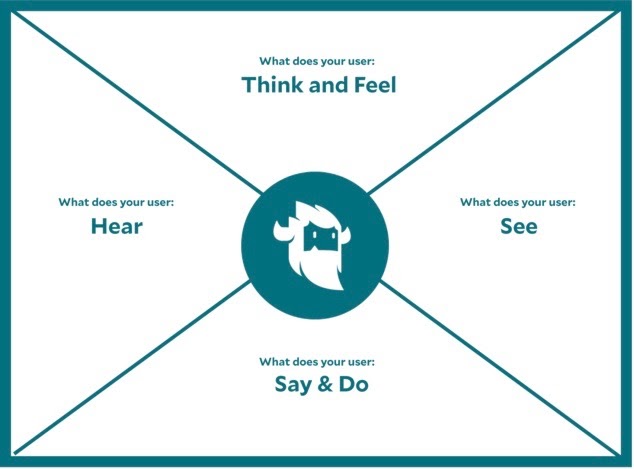
If you’re reading this, you’re likely just starting out on your app development journey- congratulations! Get ready for an adventure!

I know you’re probably itching to dive into your product's features, layout and functionality, but in order to build a successful product there are some crucial steps you’ll need to take first.
The very first step you’ll be taking on your product development journey is getting to know exactly who your product's ideal user will be. Developing a deep understanding of their needs, thoughts and emotions will help you create a great app that they truly enjoy using.

You might be thinking, “why can’t I just build an app for everyone?”. At first glance, this seems logical enough, but unfortunately it’s a truly impossible task from a design perspective. Let’s look at an extreme example to understand why.
Imagine an individual in their 70’s who has difficulty understanding unique interfaces and requires larger font sizes - if you’re building an app for this demographic, you’ll need to take those needs into consideration for your app to be a success.
On the other hand, if your demographic is 13- 18 year olds, you’ll want to focus on fun, unique UI, exciting colors and design, etc. In either of these cases, failing to take your app's ideal user into account during the design phase, and creating a generic app “for everyone” could be a recipe for failure.
Now that you have a bit of insight into why getting to know your user is important, let's talk about the tools you can use to do so. In this lesson we’ll be covering:

Carefully planned user interviews are a great way to uncover your ideal users underlying motivations and potential biases. They’ll also lay the groundwork for the user personas you’ll be creating later on in your design and development process.
The first step in your user interview process should be thinking about exactly who you should be interviewing.
If you have a pre-existing product that you’re hoping to improve upon, you can interview some of its current users, but, in the likely case that you’re starting your product from scratch, you’ll want to begin by brainstorming who your product's ideal user will be.
Think about things like their job, their age, the apps they currently use and the problems they have that your app will solve. Doing a bit of brainstorming around these topics should give you a pretty good idea of the kind of people you’ll want to interview.
At Yeti we recently worked on a Daily Huddle Board Project that we’ll be using as an example throughout the masterclass. The Daily Huddle Board is a tool that helps both remote and in person teams stay connected, happy and transparent through a single daily meeting.
Exercise:
Using the above questions as an example, brainstorm a list of questions that will provide you with insight into your user.

Once you’ve created your list of questions, you’re ready to begin recruiting interviewee’s. To help avoid any biased responses you should find users that aren’t affiliated with your development efforts.
(If you’re having difficulty finding people willing to be interviewed, you can create a listing on craigslist, relevant message boards or facebook explaining your goals and offering some compensation for the individual's time.)
Begin your interviews by explaining your goals and any instructions you may have. It can be helpful to have a script prepared.
This is the script we used for our Daily Huddle Board interviews. You can use this script for your own project by substituting the bold text with information relevant to your project.
Thanks so much for taking time to talk with me today about your experience managing a remote team. I’m facilitating research for a group of product designers working on a system that keeps teams connected and motivated while working remotely. The reason I wanted to talk to you is to better understand management needs for remote teams. This will let us design and develop a better experience for customers. Please be as honest as you can and don’t worry about being too direct or hurting feelings. Try to be detailed about what you dislike and the experience you would have preferred.
Begin interviewing users with the questions you generated, but feel free to go off script whenever necessary to gain more context around the individuals thought processes.
We recommend recording your interviews (with the individual's permission) to ensure you don’t miss anything. It’s important to remember that these interviews will tell you a lot about your users - not just through what they say, but also through more subtle clues like body language.
Once you’ve completed your interviews your next steps will be to synthesize all of the information you’ve gathered during your interviews by utilizing Empathy Mapping and User Personas.

An empathy map is a tool that is used to articulate everything you know about a particular type of user. By externalizing all of this knowledge you are able to create a shared understanding of your users needs, which will also aid in decision making throughout the app development process.
To start an empathy mapping exercise you’ll want to gather the following:

Some examples from our daily huddle board workshop
Examples:
Examples
Examples:
Once everyone has created sticky notes for each of the categories, the team should then collaboratively cluster similar notes in each quadrant. Name your clusters with themes that represent each group (for example, “validation from others” or “research”).
Repeat themes in each quadrant if necessary. The activity of clustering facilitates discussion and alignment — the goal being to arrive at a shared understanding of your user by all team members.
Once your empathy map is clustered, you can begin to align as a team on your findings. What outliers (or data points that did not fit in any cluster) are there? What themes were repeated in all the quadrants? What themes only exist in one quadrant? What gaps exist in our understanding?
You’ll want to take notes throughout the exercise and then polish them and provide them to everyone on the team for reference throughout the app design process. This document should provide your team with a good understanding of your ideal users internal processes.
.png)
Now that you’ve synthesized all of the information you’ve gathered about your ideal user through interviewing and empathy mapping, you're ready to create a User Persona.
A user persona is a fictional representation of your product's ideal user. It captures what they are hoping to achieve by using your product and the various factors that may contribute to their use of the product.
Good user personas are extremely helpful in creating user-centric products. They should provide your team with insight into the users motivations and needs, and create a unified vision of exactly who you are building your product for.
They’ll also inform every aspect of the app you create, from the language, images and designs you use to the messages you convey, so it’s a good idea to dedicate some time to them.
You can use this template to create your user persona.

With the information you’ve gathered through user research and empathy mapping, work your way through each of these categories, providing as much detail as possible while also remaining succinct.
User personas should be custom to your specific project, so feel free to add any other categories that might be relevant to you.
While a single user persona can be suitable for many projects, you might need to create multiple personas If your customer base is very diverse.
Once your user persona is complete, make sure to hand out copies to everyone on the team.
Whenever anyone encounters an obstacle or needs help making a decision based on customer interests, encourage them to use the personas to ask themselves questions such as :
Congratulations - you just took your very first steps on your app development journey! Now that you’ve created your user personas, you're ready to move on to the next step of the app design and development process - defining your problem statement!

 The Ultimate Guide to QA Testing
The Ultimate Guide to QA TestingWant to launch a flawless app in 2025? Our Ultimate Guide to QA testing explains everything you need to know - the processes, tools, and best practices that will help you deliver bug-free, user-friendly products that users love!

 Building Intuitive & Accessible Healthcare Apps: A Guide to UX
Building Intuitive & Accessible Healthcare Apps: A Guide to UX In 2025, apps have become essential tools throughout the world of healthcare. This comprehensive UX guide for healthcare apps explores best practices and key considerations for creating user-friendly, accessible solutions that enhance patient outcomes. Topics include HIPAA compliance, EMR integration, and accessibility.

 Product Roadmapping: The Complete Guide
Product Roadmapping: The Complete GuideReady to bring your next digital product to life? Don't miss our free guide to product roadmapping! In it you'll discover the 7 essential steps to building a product roadmap that will put your project on the path to success.